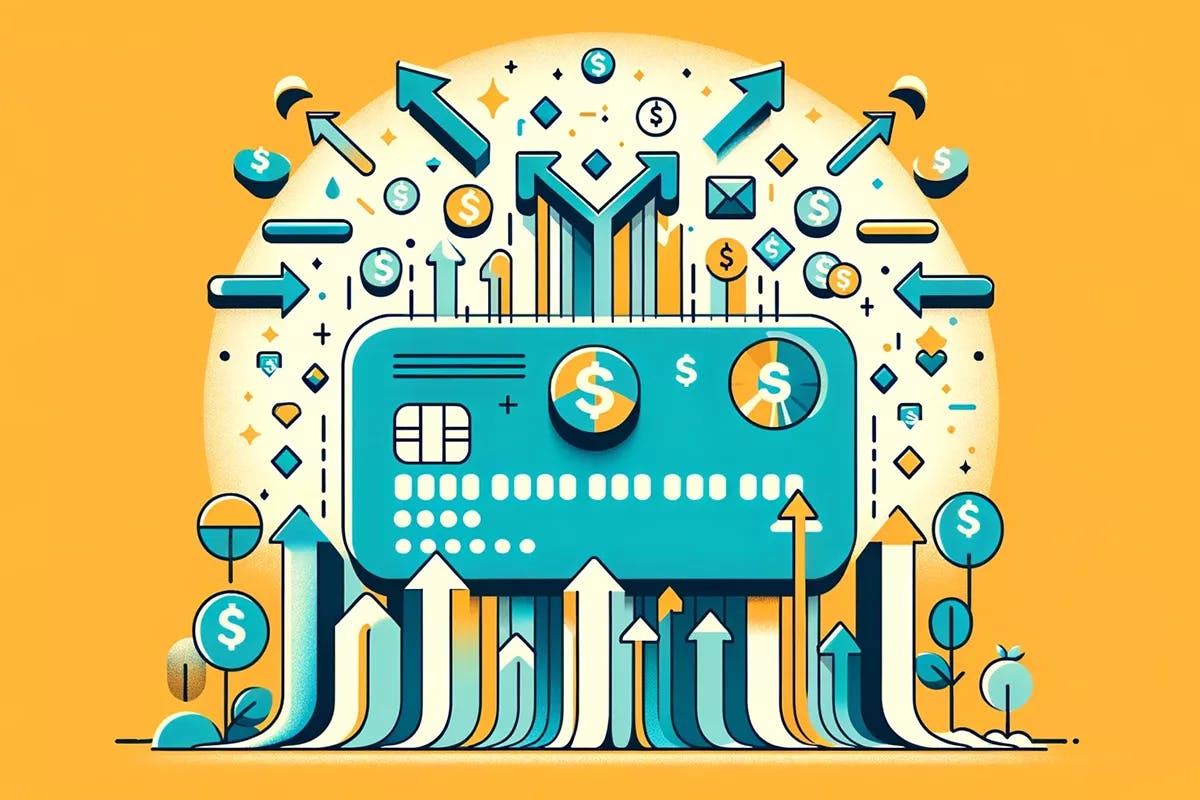What are Excessive Transaction Fees?
An excessive transaction fee is charged when you exceed the monthly maximum amount of withdrawals or transactions on your savings account.
An excessive transaction fee is also known as a savings withdrawal fee, withdrawal limit fee, excess debit fee, excessive withdrawal fee, or some other variation.
Financial institutions typically allow 3–6 transfers or withdrawals per month on savings accounts. After you use up those chances, your bank will likely still let you move your money around, but you’ll get charged a fee each time. Kind of like how your parents still lent you the money but required that you also mow the lawn.
The excessive transaction fee amount varies by financial institution but typically runs $3–$25 per transaction over the institution’s monthly limit.
How to Avoid Excessive Transaction Fees?
Now that we’re clear on what an excessive transaction fee is, it’s crucial to understand how to sidestep it. This is because, if left unchecked, these fees can eat into your hard-earned savings.
Use Your Checking Account for Your Daily Transactions
Checking accounts often don’t have any limits for withdrawals and transfers. This means that they also don’t charge excessive transaction fees.

So simply using your checking account for your daily transactions instead of your savings account ensures that you don’t get charged with excessive transaction fees.
Switch to Online Banks
Online banks often charge fewer and smaller fees thanks to their lower running costs. This means they don’t usually charge for things like keeping your account open or making transactions—a refreshing change from traditional banks, where fees can quickly pile up. In fact, 78% of adults in the U.S. now prefer to bank online via mobile app or website.

Understand Your Bank’s Policies
Every bank sets its own rules concerning how many transactions you can make before triggering fees, what kinds of transactions count towards any limits, and the specific transaction limit fees that may be applied for various services. For instance, one bank might offer a number of free ATM withdrawals each month, while another may limit the number of wire or online transactions before excess tax fees apply.

Getting to know these guidelines can protect you from surprise fees. Make a habit of checking your bank’s fee schedule, which can be easily found on their website or through a quick call to customer service.
Consolidate Your Transactions
If you plan ahead, you can consolidate a bunch of small transactions so that you don’t hit the monthly limit. This only works for withdrawals or for multiple transfers to the same account. But when it works, it works amazingly.




